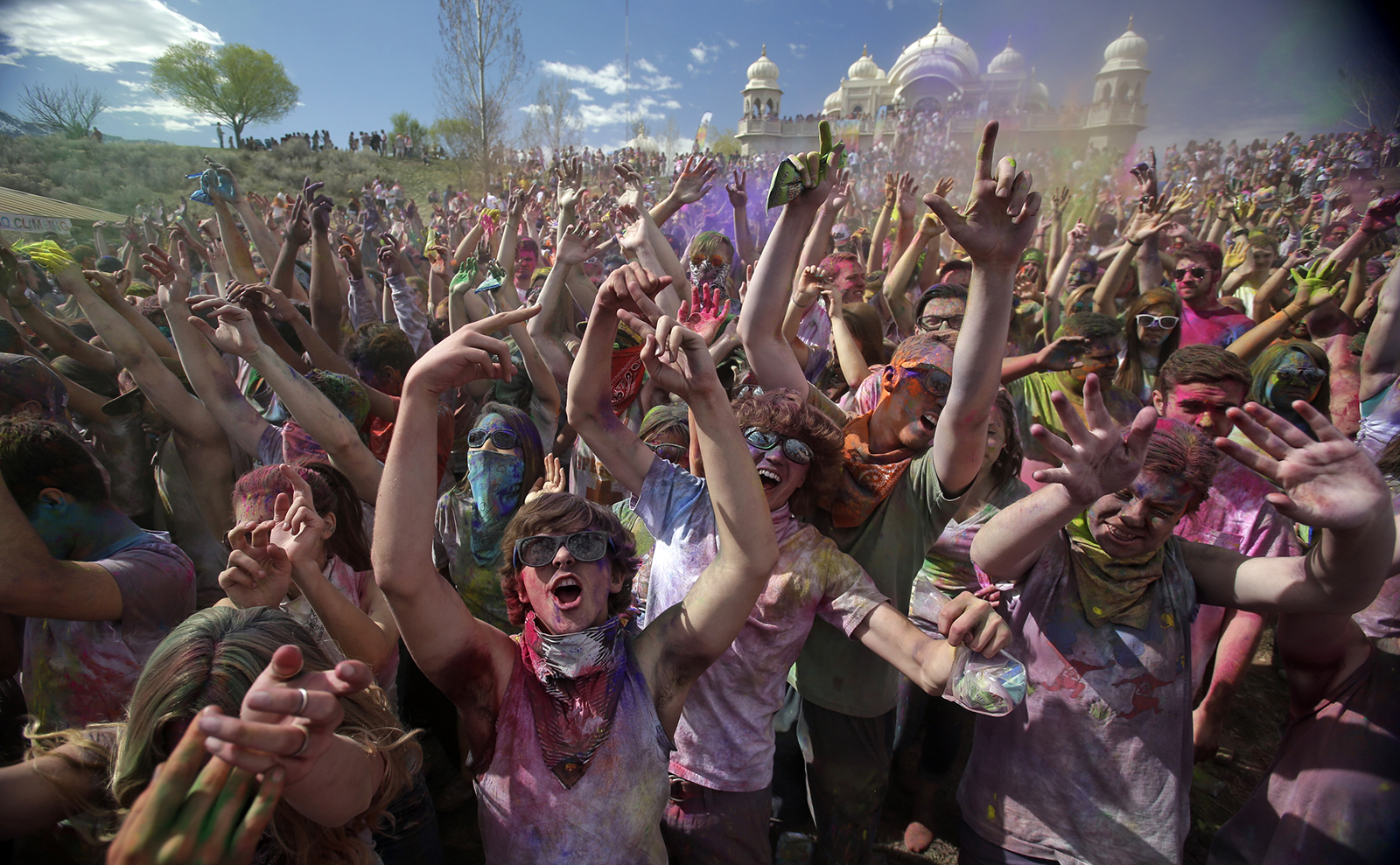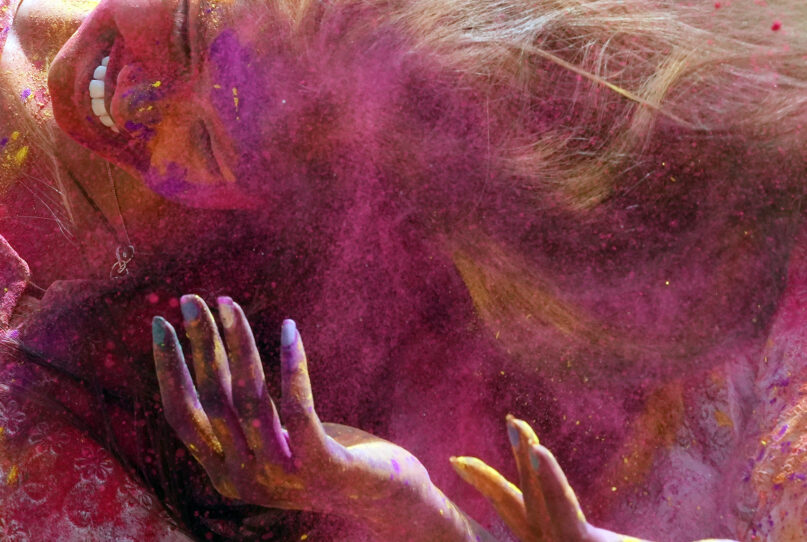(RNS) — This week, millions of Hindus and others around the world mark Holi, the festival celebrating the arrival of spring and the divine love between Lord Krishna and Radha. Holi is best known for its explosion of colors, as those celebrating douse each other with brightly hued powders or liquid. It’s a time for the rejuvenation of love relationships and emotional renewal.
But the holiday’s importance for many in the Hindu diaspora extends far beyond the colorful celebrations or even its spiritual themes.
Among Hindus around the Caribbean Basin, Holi is known as Phagwah. Many of those who make up the South Asian communities in the former British territories of Guyana, Jamaica, Trinidad & Tobago and the former Dutch colony of Suriname were brought across the Atlantic as indentured laborers. Tracing their roots across a wide swath of the Indian subcontinent, these people were united by the celebration of Holi, no matter their occupation, caste or even their religious tradition.
In Guyana, Phagwah became a bulwark against aggressive attempts by the British to convert Hindus to Christianity. Various Hindu sects with their own Holi traditions embraced Phagwah, and it became an important marker of resistance to the colonizers. While many Indians in Guyana were converted to Christianity, Phagwah is now a national holiday that is increasingly celebrated by Afro-Caribbean people and Indian Guyanese alike. The same is true in both Trinidad & Tobago and Suriname.
As the United States’ immigration policies opened up in the 1960s, large numbers of Indo-Caribbeans left their home countries and took Phagwah with them. Waves of immigrants followed in the 1980s and ’90s. Today, the holiday is often just as visible in the United States and Canada as it is in the Caribbean.

Revelers covered in colored cornstarch celebrate during the 2015 Festival of Colors Holi Celebration at the Krishna Temple in Spanish Fork, Utah, March 28, 2015. (AP Photo/Rick Bowmer)
In New York alone there are more than 225,000 Indo-Caribbean people, and the annual Phagwah parade in Richmond Hill, Queens, is the largest celebration in the U.S. The large Indo-Caribbean diaspora communities in Schenectady, in upstate New York, and Brampton, Ontario, outside of Toronto, are also known for their exuberant and inclusive celebrations.
In some places, while honoring the Hindu traditions passed down for nearly two centuries from their ancestors, Phagwah has also retained its inheritance as a celebration of equality and a time to speak for social justice.
In that sense, the Indo-Caribbean celebration of Phagwah, even or especially for those living outside of the Caribbean, goes beyond a commemoration of Radha and Krishna’s divine love or the various stories associated with the holiday. It’s an opportunity to reflect on how a community that traveled across the Atlantic in bondage nearly 200 years ago was able to keep alive traditions that have helped to articulate an idea of homeland.
(Murali Balaji is a journalist and a lecturer at the Annenberg School for Communication at the University of Pennsylvania. His books include “Digital Hinduism” and “The Professor and the Pupil,” a political biography of W.E.B. Du Bois and Paul Robeson. The views expressed in this commentary do not necessarily reflect those of Religion News Service.)





